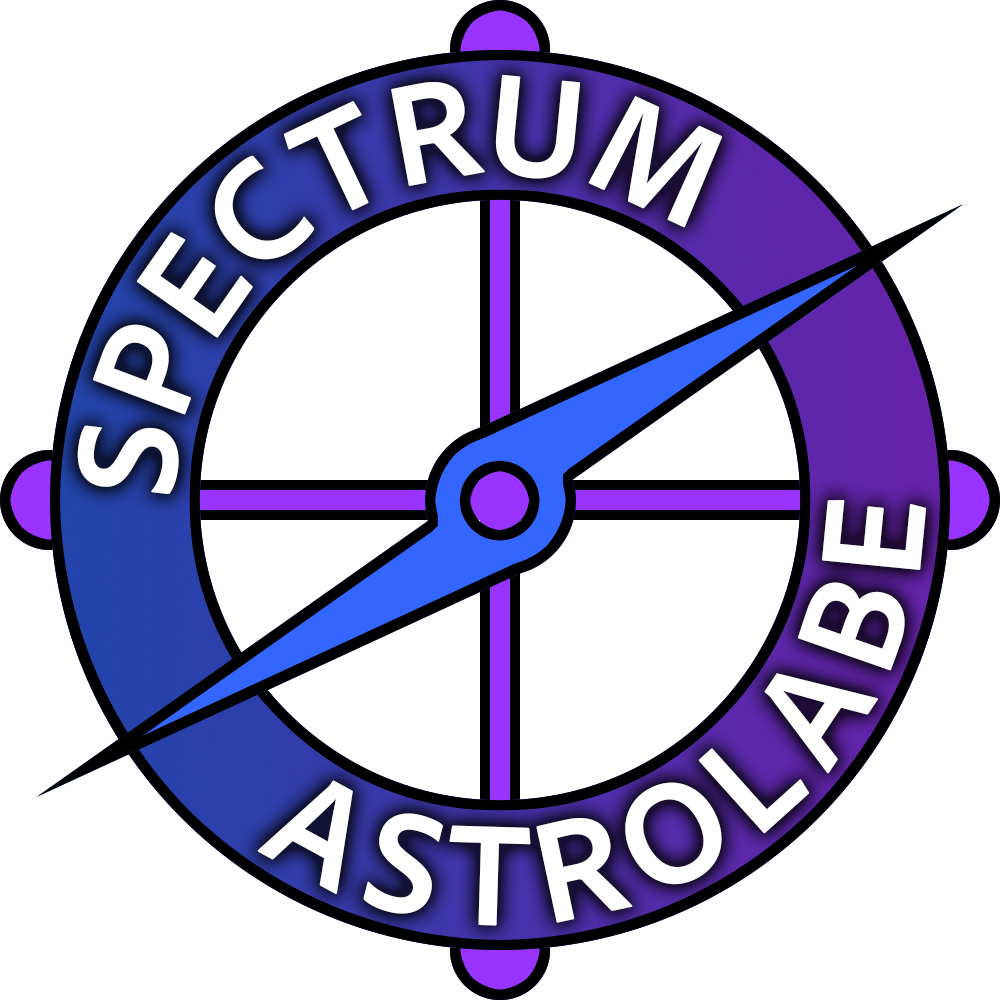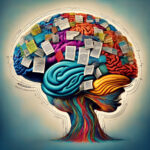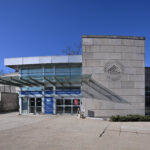On July 16, 2025, a large group of library staff, over 400 people from across the United States, gathered online for a unique NASA-hosted webinar. The event focused on how libraries can improve support for neurodiverse individuals, both patrons and coworkers. Two NASA groups, NASA@ My Library and the Neurodiversity Network (N3), organized the webinar to encourage more inclusive thinking and action in public libraries.
You might not expect NASA to play a role in library services, but their involvement makes sense when you consider how they value diverse ways of thinking. NASA@ My Library and N3 work to open doors for neurodiverse learners by linking them to NASA’s science and STEM opportunities. Molly Creveling, a youth librarian and panelist, said the webinar was “a great opportunity,” and she wished she could have participated in every discussion.
Libraries as Places for Everyone
Libraries can be wonderful community spaces, but many do not yet meet the needs of neurodiverse visitors. Autism, ADHD, and dyslexia, along with other neurological differences, mean libraries have to rethink how they offer programs and interact with patrons. The webinar included small group sessions focusing on accessible programming and ways to support neurodiverse staff members.
Jason Wood, one participant, expressed his feelings during the webinar chat: “This was one of those days I am extra proud to be a librarian.” His words capture the spirit of the event well. The discussion was about more than training checklists; it was about changing attitudes and creating environments where different ways of thinking are welcomed and valued.
Making a Difference Beyond Libraries
Especially for young neurodiverse learners, having access to NASA science and STEM career pathways is important. The webinar highlighted how STEM spaces can evolve to be more inclusive and diverse. NASA’s collaborative effort with libraries is one way to help that change happen locally.
Key points from this initiative include:
- Real experiences from neurodiverse individuals guide better program design
- Training focuses on developing deeper understanding rather than one-off sessions
- Bringing together various community members creates a stronger commitment to inclusion
These efforts fall under NASA’s Science Activation Portfolio which connects experts to communities to foster curiosity and understanding of science.
Moving Toward True Inclusion
As someone connected to the neurodiverse community, I find this partnership encouraging. Large organizations often overlook neurodiversity, but here NASA is engaging seriously and thoughtfully. The interest in further training and even a conference on neurodiversity in libraries shows this is just the beginning.
Making libraries welcoming is not just about accessibility. It is about recognizing and celebrating the unique strengths everyone brings. That benefits all of us.
Source
- NASA. (2025). NASA Science Activation Teams Unite to Support Neurodiverse Learners with Public Libraries. https://science.nasa.gov/learning-resources/science-activation/nasa-science-activation-teams-unite-to-support-neurodiverse-learners-with-public-libraries/
- American Library Association. (2023). Supporting Neurodiversity in Libraries: Guidelines and Best Practices.
- World Health Organization. (2020). Autism spectrum disorders: Key facts.
- Jones, C. & Williams, R. (2024). Neurodiversity and Inclusion in STEM: A Review. Journal of Science Education and Technology, 33(2), 145-161.
- Smith, A. (2022). Libraries and Neurodiversity: Strategies for Inclusion. Library Trends, 70(1), 110-135.
- National Institute of Mental Health. (2021). ADHD and the educational environment.
- Rosenthal, L., & Smith, M. (2021). The Impact of Inclusive Practices on Neurodiverse Learners in Public Spaces. The Library Quarterly, 91(4), 401-420.
- Sonoma State University. (2025). NASA’s Neurodiversity Network. https://n3.sonoma.edu/
- Space Science Institute. (2025). NASA@ My Library. https://www.starnetlibraries.org/nasa-my-library/
- McMillan, K. (2023). Creating Accessible STEM Programming for Teens: A Case Study. Youth Services Review, 22(3), 77-90.









